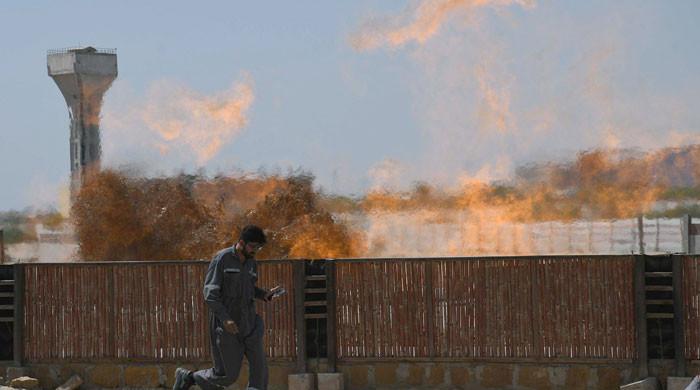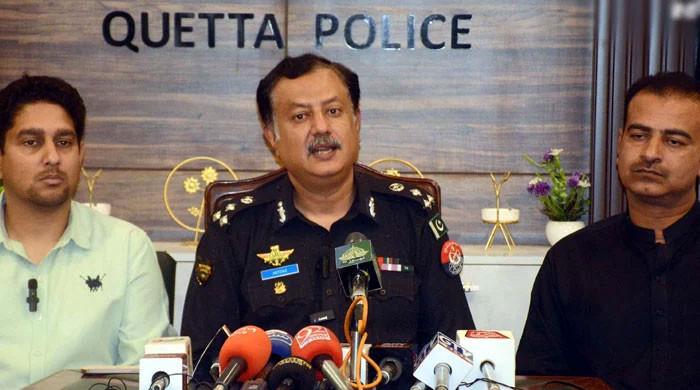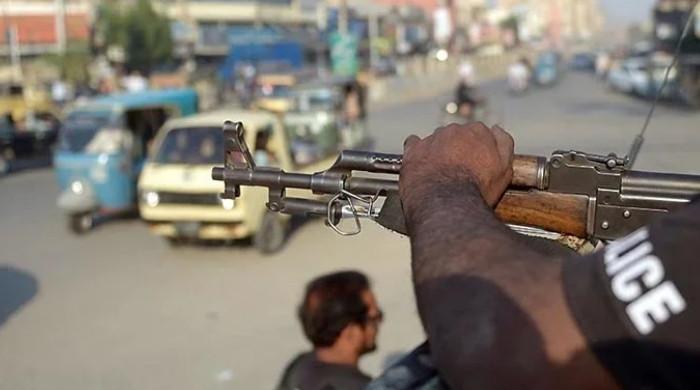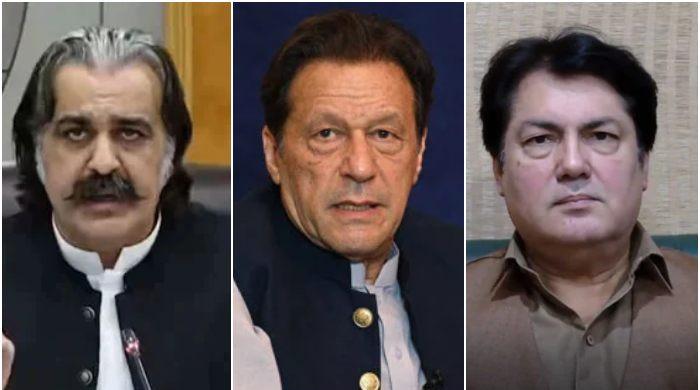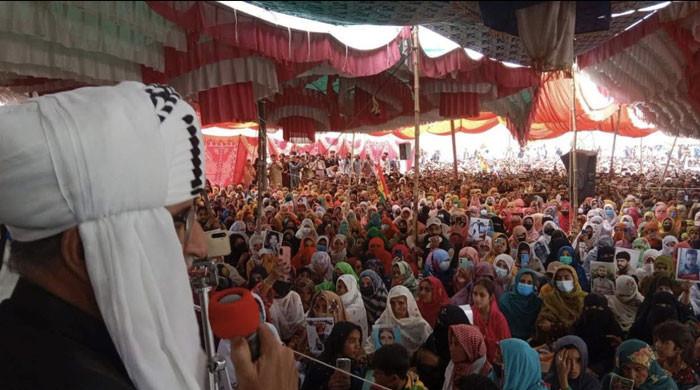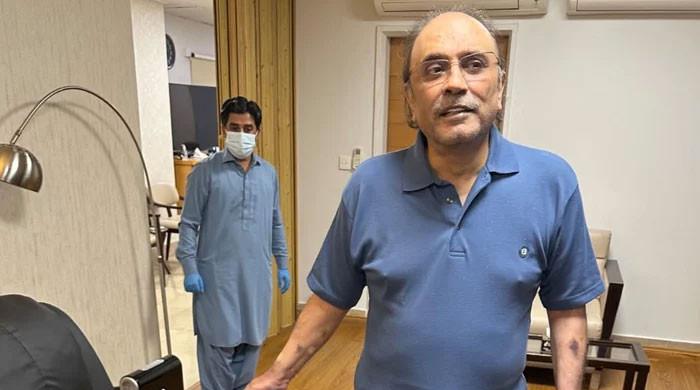Examining the pros and cons of Budget 2020-21: is it business as usual?
The budget reflects the government’s apparent mindset that the COVID-19 pandemic is but a passing phase
June 13, 2020
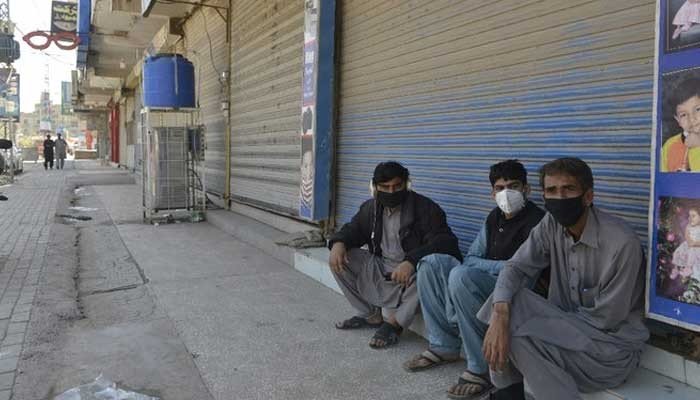
There are some laudable additions to the materials in the budget package for the fiscal year 2020-21 presented in the National Assembly on Friday.
In what appears to be an attempt to improve transparency and to promote ease of understanding, the budget package includes a Citizen’s Budget in Urdu; and a Medium Term Budget Framework (MTBF), or a Performance Based Budget as they have called it, which lays out a three-year framework for budgetary planning.
The MTBF is presented by the division or ministry, with each ministry’s targets being clearly stated along with allocations, thus facilitating performance tracking.
So far so good.
For the rest, the budget does not respond to the exceptional circumstances that the country, and indeed the world, is faced with vis a vis COVID-19. Instead, it appears to be adhering to the requirements of the International Monetary Fund (IMF) program, at a time when modifications to these requirements could have been negotiated.
The most glaring discrepancy is with regard to projections of tax collection. In spite of the fact that the Federal Board of Revenue (FBR) could barely collect Rs3,908 billion in taxes in the last fiscal year against a (highly unrealistic, even without COVID-19) target of Rs5,555 billion, the target for the coming fiscal year has been set at Rs4,963 billion.
This is a 27% increase over what was collected last year, with the real effects of the coronavirus and the subsequent depression in business activity taking place essentially only in the last quarter of the fiscal year.
In the coming year, when the effects of COVID-19 are expected to persist at least till the end of 2020 — ie, the first six months of the fiscal year — it is unrealistic to expect the economy to display the capacity to yield those sort of tax returns.
The other disappointing element is health expenditure. Although this has been more than doubled from Rs12 billion spent last year to Rs25.5 billion, it is just 0.4% of current expenditure or a minuscule 0.06% of GDP at current prices.
Now health is a provincial subject in Pakistan, but the federal government should still have taken the lead during what is a national health emergency.
At a time when the country faces the biggest public health emergency in its history, this is a woefully inadequate response. The government saw fit to allocate Rs31 billion for housing development, when the previous year’s allocation under this head was Rs252 million.
What it shows is that the Naya Pakistan Housing Authority gets precedence over hospital supplies.
Moreover, Rs70 billion have been allocated in the development budget for COVID-19 and other natural calamities, but judging by recent initiatives, this will probably be for economic stimulus packages or disaster relief, rather than public health.
The budget betrays the government’s apparent mindset that the COVID-19 pandemic is but a passing phase, something which will have some negative economic effects and will require some short term health expenditure, but not much beyond that.
It’s pretty much a business-as-usual budget, in the midst of one of the greatest crises that Pakistan has faced.
- Safiya Aftab is the Executive Director, Verso Consulting, Islamabad.




